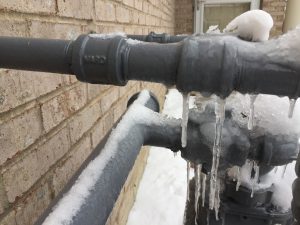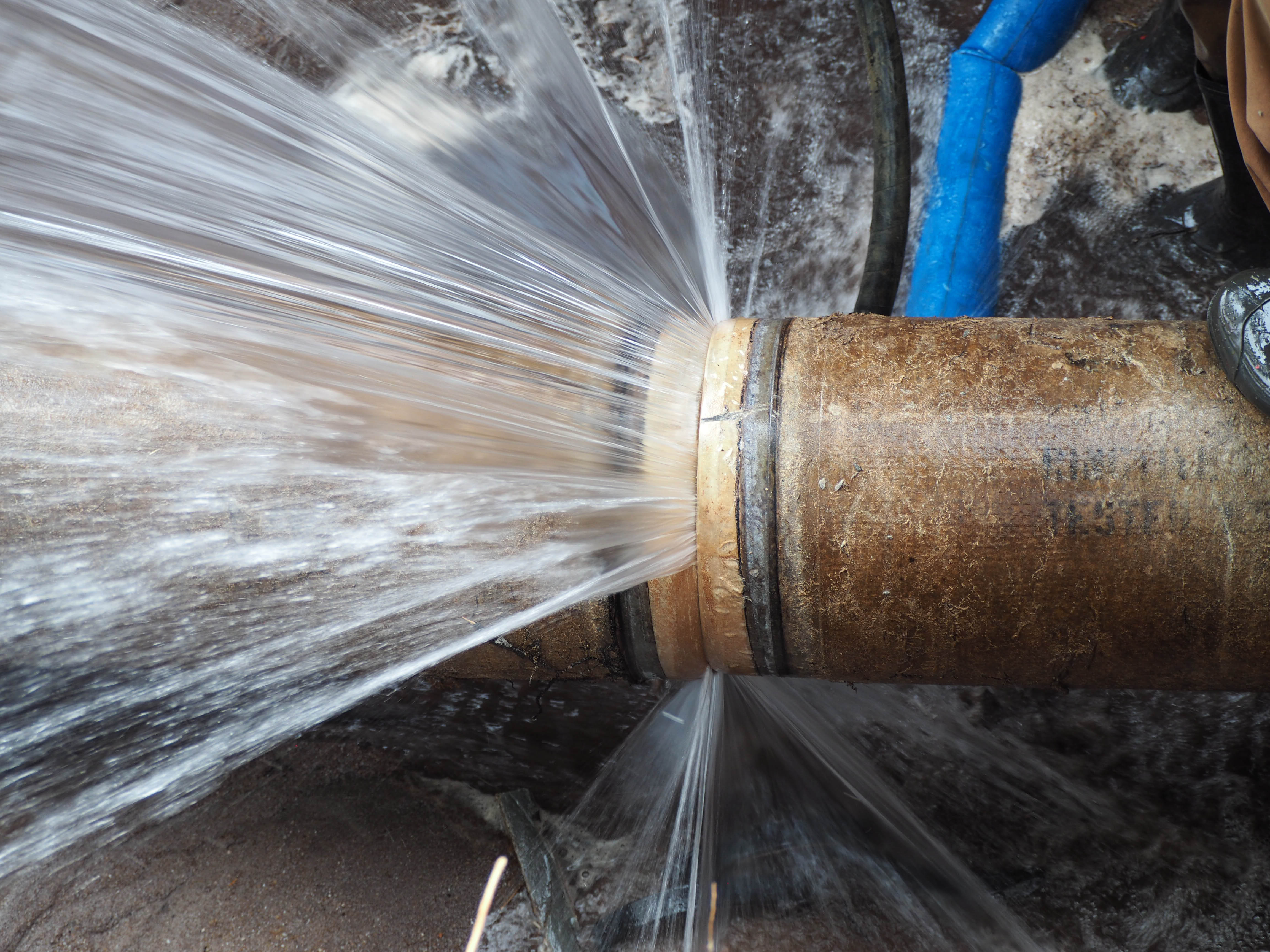Are you currently interested in advice around 6 Ways to Prevent Frozen Pipes?

Winter can damage your plumbing, specifically by freezing pipes. Below's how to stop it from happening and what to do if it does.
Intro
As temperatures decrease, the threat of frozen pipes rises, potentially causing pricey repair work and water damages. Recognizing how to prevent icy pipelines is essential for house owners in cool climates.
Avoidance Tips
Shielding vulnerable pipes
Cover pipelines in insulation sleeves or make use of warmth tape to shield them from freezing temperature levels. Concentrate on pipelines in unheated or outside areas of the home.
Heating strategies
Maintain interior spaces sufficiently heated up, especially locations with plumbing. Open closet doors to enable warm air to flow around pipes under sinks.
Exactly how to recognize icy pipelines
Look for reduced water circulation from faucets, uncommon odors or noises from pipes, and visible frost on revealed pipes.
Long-Term Solutions
Structural adjustments
Consider rerouting pipelines far from exterior wall surfaces or unheated locations. Add additional insulation to attic rooms, basements, and crawl spaces.
Upgrading insulation
Purchase top quality insulation for pipelines, attics, and walls. Appropriate insulation helps preserve constant temperatures and reduces the danger of frozen pipelines.
Safeguarding Outside Pipes
Yard tubes and outdoor taps
Detach and drain garden hoses before winter months. Set up frost-proof faucets or cover outdoor faucets with insulated caps.
Recognizing Frozen Pipelines
What causes pipelines to ice up?
Pipelines freeze when exposed to temperature levels below 32 ° F (0 ° C) for prolonged periods. As water inside the pipelines freezes, it increases, taxing the pipe wall surfaces and potentially triggering them to burst.
Dangers and problems
Frozen pipes can bring about water system disruptions, property damage, and costly fixings. Burst pipes can flood homes and cause comprehensive architectural damages.
Indications of Frozen Piping
Recognizing icy pipelines early can stop them from breaking.
What to Do If Your Pipelines Freeze
Immediate actions to take
If you think frozen pipelines, maintain faucets open to alleviate pressure as the ice thaws. Make use of a hairdryer or towels soaked in hot water to thaw pipelines slowly.
Conclusion
Protecting against icy pipes calls for positive measures and fast reactions. By comprehending the causes, indicators, and safety nets, home owners can protect their pipes during cold weather.
5 Ways to Prevent Frozen Pipes
Drain Outdoor Faucets and Disconnect Hoses
First, close the shut-off valve that controls the flow of water in the pipe to your outdoor faucet. Then, head outside to disconnect and drain your hose and open the outdoor faucet to allow the water to completely drain out of the line. Turn off the faucet when done. Finally, head back to the shut-off valve and drain the remaining water inside the pipe into a bucket or container. Additionally, if you have a home irrigation system, you should consider hiring an expert to clear the system of water each year.
Insulate Pipes
One of the best and most cost-effective methods for preventing frozen water pipes is to wrap your pipes with insulation. This is especially important for areas in your home that aren’t exposed to heat, such as an attic. We suggest using foam sleeves, which can typically be found at your local hardware store.
Keep Heat Running at 65
Your pipes are located inside your walls, and the temperature there is much colder than the rest of the house. To prevent your pipes from freezing, The Insurance Information Institute suggests that you keep your home heated to at least 65 degrees, even when traveling. You may want to invest in smart devices that can keep an eye on the temperature in your home while you’re away.
Leave Water Dripping
Moving water — even a small trickle — can prevent ice from forming inside your pipes. When freezing temps are imminent, start a drip of water from all faucets that serve exposed pipes. Leaving a few faucets running will also help relieve pressure inside the pipes and help prevent a rupture if the water inside freezes.
Open Cupboard Doors
Warm your kitchen and bathroom pipes by opening cupboards and vanities. You should also leave your interior doors ajar to help warm air circulate evenly throughout your home.

I'm certainly very serious about Helpful Tips to Prevent Frozen Pipes this Winter and I hope you appreciated the entire blog entry. So long as you enjoyed reading our blog post if you please don't forget to share it. Thank-you for your time invested reading it.
Call Today
Comments on “Crucial Tips for Preventing Frozen Pipes in Winter Seasons”